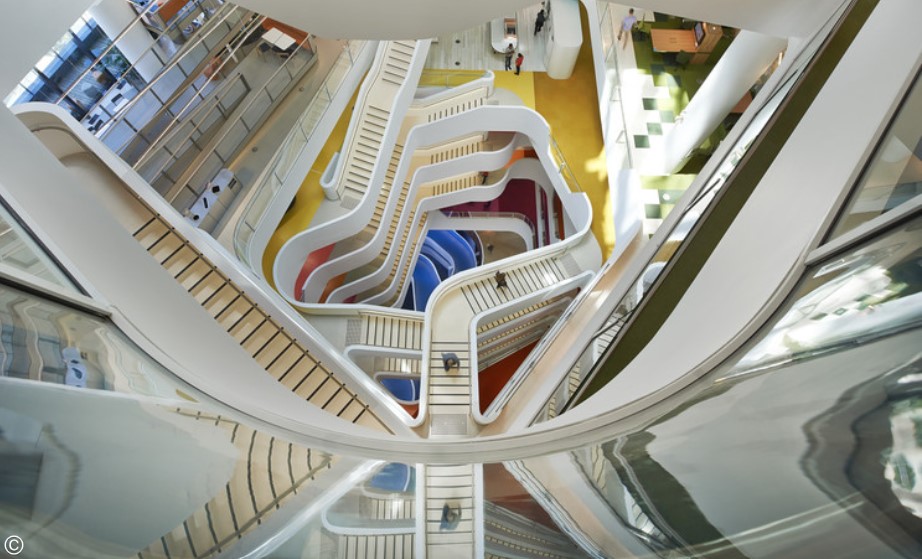
OUR WALKING TOUR tells the story of Melbourne’s Docklands precinct from its Indigenous heritage to colonial settlement to shipping wharves to a new suburb containing some of Australia’s most spectacular buildings, public spaces, artworks, waterfrontages, library, recreational and hospitality venues designed by leading Australian architects.
EXPLORE why Docklands has many of Australia’s leading NABERS-rated buildings with 5-6 Star ratings for energy, water, waste and interiors.
TOURS for school groups (2 hours) and adult groups (2.5 hours) leave and finish at Southern Cross Station by arrangement.
SEE – BOOKINGS – FOR INDIVIDUALS, GROUPS AND SCHOOLS.
According to the City of Melbourne, more than 16,000 residents now call Docklands home. The waterfront sits on the lands of the Wurundjeri Woi-wurrung people of the Eastern Kulin. This lower delta of the Birrarung or Yarra River was once a wetland rich with natural resources. After European settlement, industry crept to prominence. By 1908, Victoria Dock was handling around 90 percent of Victoria’s imports represented by buildings today such as the giant Cargo Sheds. But by the 1970s the dock and wharves were in decline. Urban renewal began in the 1990s. When Docklands was absorbed into the City of Melbourne, it doubled the size of Melbourne’s central city and returned a significant area of waterfront to the city. The suburb now stretches out over 200 hectares of land and water just west of the CBD, hugging Victoria Harbour. By 2024 Docklands had evolved into a spectacular waterfront precinct. It is increasingly in dialogue with the central city through the use of iconic Melburnian themes, such as laneways, new parks and bluestone pavers.
